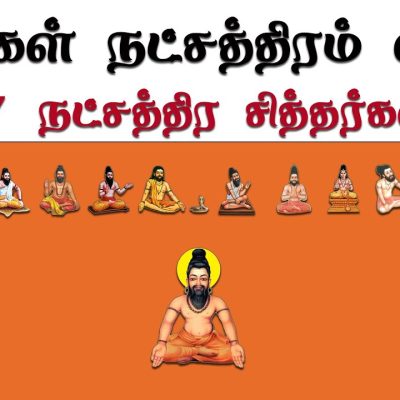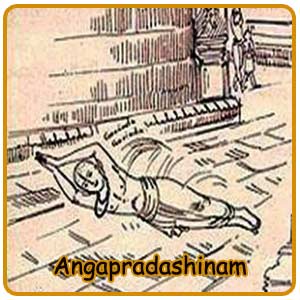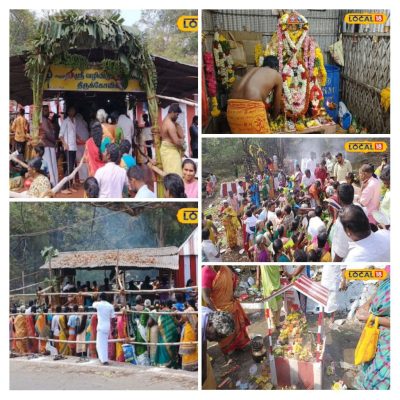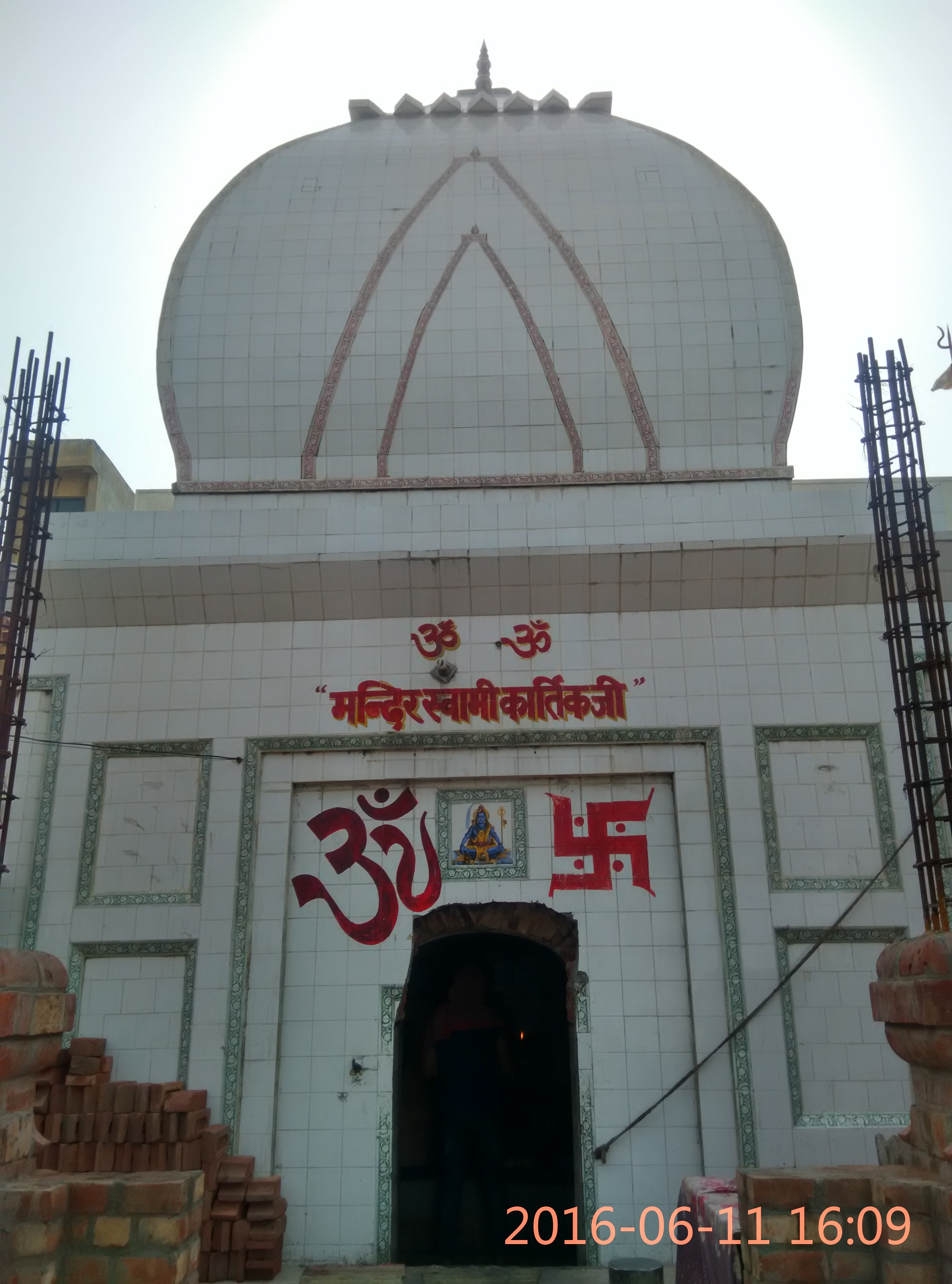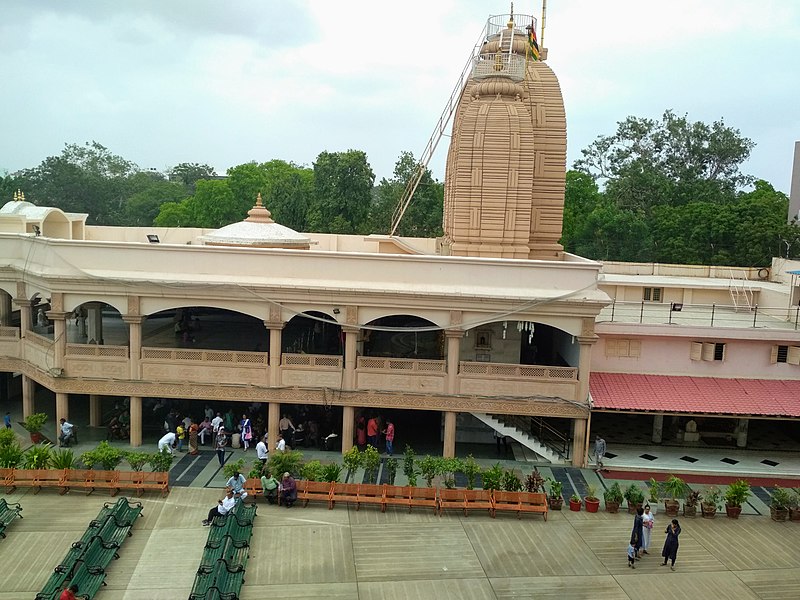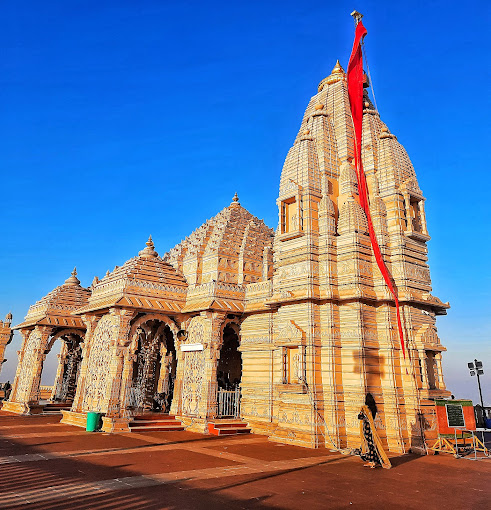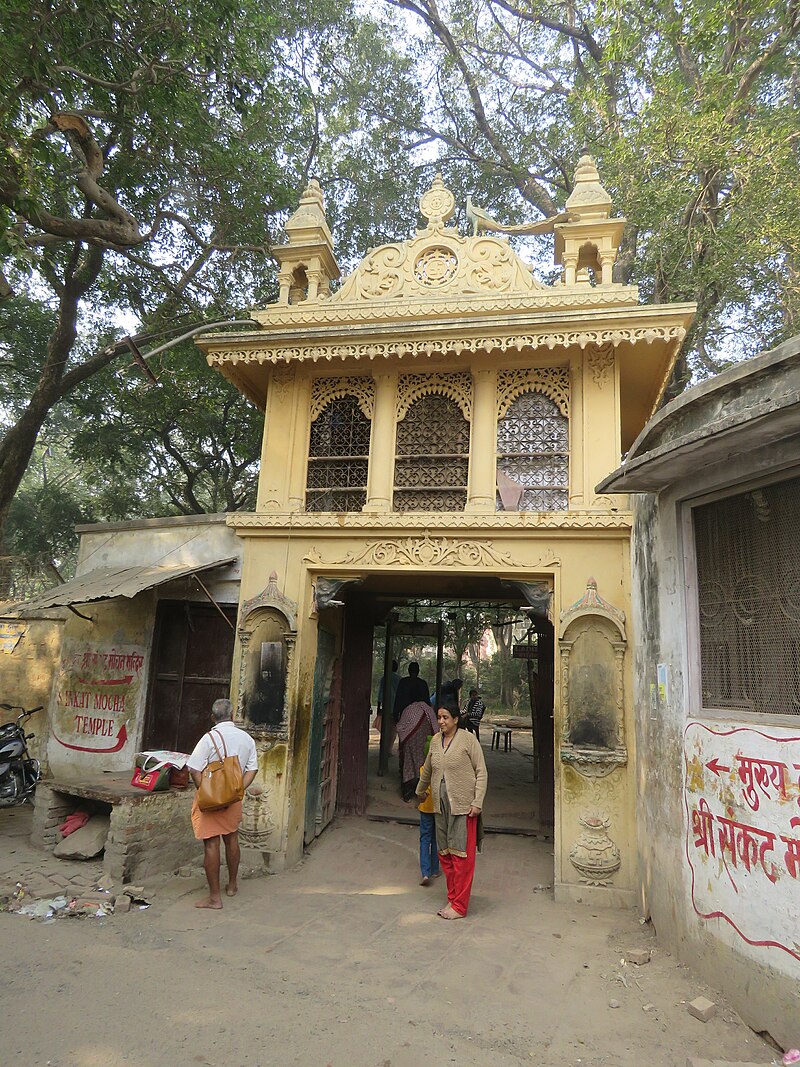Sri Bhairaveshwara Trimukha Durgambha Temple (Bhairavakona Cave Temples)- Andhra Pradesh
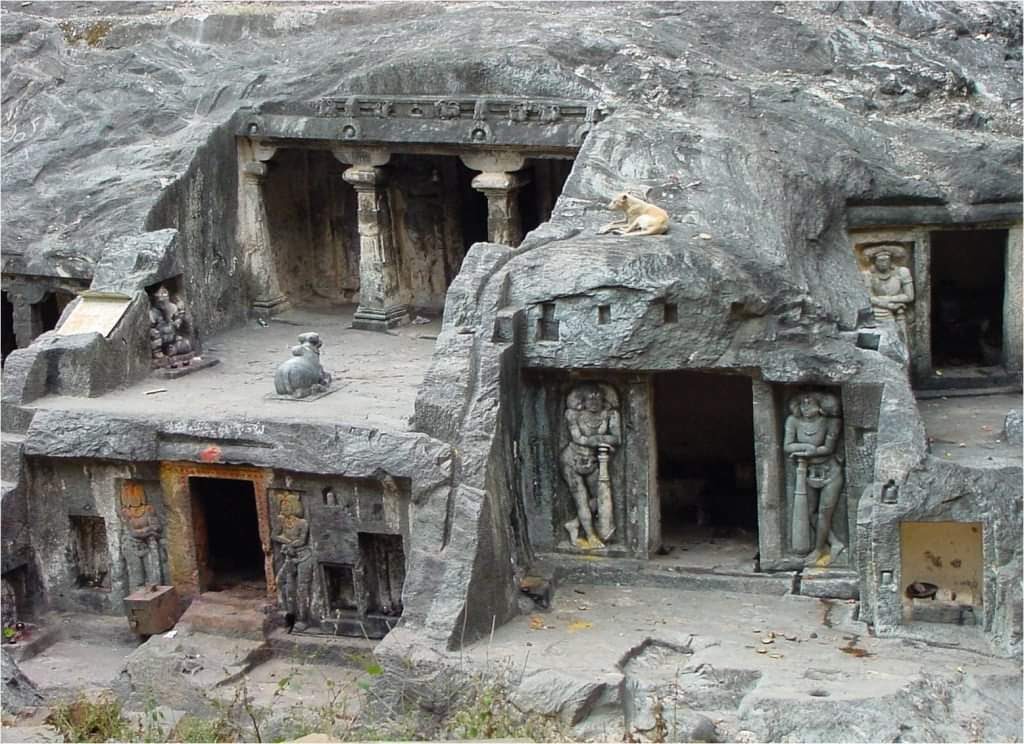
Address
Sri Bhairaveshwara Trimukha Durgambha Temple (Bhairavakona Cave Temples) Kothapalli – Bhiravakona Road, C.S.Puram Mandal, Prakasam Dt, Andhra Pradesh 523112
Diety
Bhairaveshwara
Introduction
Bhairavakona is a holy place situated on the heart of Nallamala Hills in the Prakasam district of the Indian State of Andhra Pradesh. The name Bhairavakona originated from the fact that temple of Sri Trimukha Durgamba Mahadevi along with Sri Barguleshwari Swamy temple is present at that place and Kaala Bhairava Swamy guards the location. The main deity has three faces in which Goddess Saraswathi devi is seeing her face in the mirror. The temple is carved from a single stone, Eka sila. Bhairavakona is 43 km (27 mi) from Udayagiri, a town in Nellore district. APSRTC‘s Udayagiri depot provides buses to Seetharamapuram which is 15 km (9.3 mi) from Bhairavakona. The temple complex has been classified as a Monument of National Importance by the Archaeological Survey of India (ASI).
Puranic Significance
The Temple Complex was built during the period 600 – 630 CE by Pallava King Mahendra Varma and later extensively renovated by Chola rulers during 8th – 11th Century CE.
Legend has it that a shepherd named Kalabhairava Kondaiah once dwelled on this hill. During a severe drought when there was a shortage of water, he couldn’t provide enough for his cattle. He prayed to Lord Shiva, promising to offer himself if the water scarcity issue was resolved. Miraculously, water began to flow abundantly, quenching his cattle’s thirst. True to his word, Kalabhairava sacrificed himself to Lord Shiva, and his body was buried at this site, hence earning the name Bhairava Kona. In another tale, Lord Shiva and Parvati descended from their Kailash abode, drawn by the lush greenery, cascading waterfall, and cave temples. They placed a Shiva Lingam here, resembling the one at Amarnath. Additionally, the name Kalabhairava Kona is attributed to King Kala Bhairava, a former ruler of this region in ancient times. Lastly, it is believed that Sage Bhrigu performed penance on Lord Shiva at this very spot, leading to Lord Shiva being referred to as Bhrugeswara Swamy.
Special Features
The Temple Complex comprises eight cave temples carved into the rocks amidst the Nallamala forest, positioned at an elevation of 230 meters (757 feet). These cave temples bear a resemblance to the rock-cut cave temples in Mamallapuram, with notable influences from the Rashtrakuta and Chalukyan architectural styles. They are chiseled into the side of a granite cliff. These caves can be categorized into two groups based on their architectural features.
The first group, starting from the north, consists of shrine cells without any mandapa (hall) in front of them. Meanwhile, the second group, beginning from the south, features shrine cells with a mandapa in front. These eight rock-cut cave temples are dedicated to eight different forms of Lord Shiva, including Shashinaga, Rudra, Visweswara, Nagarikeswara, Bhargeswara, Rameswara, Mallikarjuna, and Pakshamalika Linga.
The central shrine houses a granite Shiva Linga, with its pedestal sculpted from the natural rock. Dvarapalas (guardian figures) stand on either side of the shrine’s entrance, and a Nandi sculpture, also carved from the rock, faces the Linga. The rear wall of the shrine features a bas-relief of Trimurti. This shrine bears similarities to the Pallava caves in Mandagapattu and Mamallapuram and also contains an idol of the goddess Trimukha Durga Devi. It is said that the rays of the moon illuminate Trimukha Durga Devi on Karthika Pournami day.
Festivals
Maha Shivaratri and Karthika Pournami are the festivals celebrated here with much fanfare.
Century/Period/Age
600 – 630 CE
Managed By
Archaeological Survey of India (ASI)
Nearest Bus Station
Ambavaram
Nearest Railway Station
Giddalur
Nearest Airport
Kadapa
